Khumba: A Beautiful but Bland South African Animated Film
Khumba, a zebra born with only half his stripes, is considered an “incomplete zebra” by his herd, who blame him for their misfortunes. One day, Khumba learns of a legend from his mother about a magical spring in a distant mountain cave that once gave stripes to the first zebras. Determined to find this spring and gain his missing stripes, Khumba runs away from the herd. He is undeterred, even by the fact that the malicious, one-eyed leopard Phango is tracking him, believing that the meat of a half-striped zebra will restore his sight.
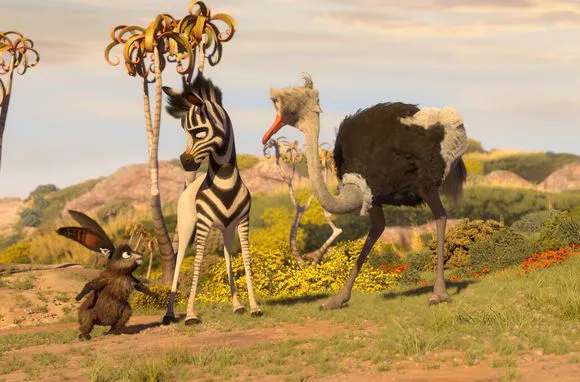
There’s an unexpected parallel: South Africa is somewhat like Canada. It rarely produces outstanding films, but it occasionally sends its actors and creators to Hollywood. Think of Sharlto Copley and Charlize Theron, as well as Neill Blomkamp, Ralph Ziman (“Kite”), and Gavin Hood (“Ender’s Game”).
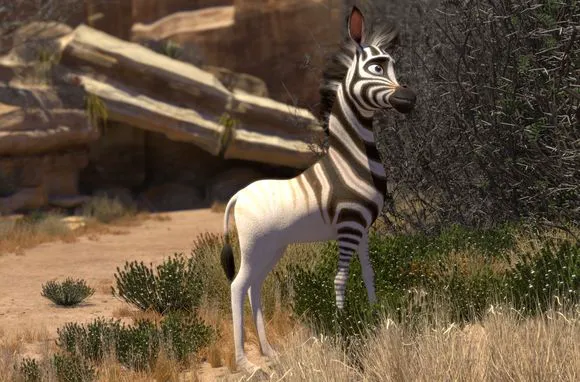
Fun Fact: The half-striped zebra isn’t just a creation of the “Khumba” artists. It was a real zebra subspecies, wiped out by South African colonists in the 19th century. The film is dedicated to the memory of Reinhold Rau, the founder of a project to restore the “half-zebra.”
While some talented individuals seek to escape the natural beauty and social unrest of South Africa, others show patriotism and develop local art. This includes the team at Triggerfish, a Cape Town animation studio that started by producing stop-motion commercials. In 2006, ten years after its founding, the studio shifted its focus to creating full-length computer-animated films celebrating South Africa’s flora and fauna. In 2012, Triggerfish released the charming “avian” film “Zambezia,” followed a year later by “Khumba,” a film about zebras and other inhabitants of the African wilderness.
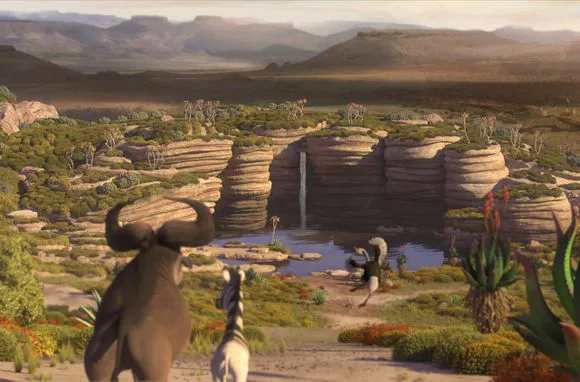
Accolades: In addition to several African awards, “Khumba” received two “Golden Pandas” at the Sichuan International TV Festival (“Best Foreign Animated Feature Film” and “Animation Grand Prix”).
Visuals and Animation
Unfortunately, patriotism doesn’t guarantee quality. “Khumba” doesn’t quite reach the level of American animated films, although its graphics and animation are commendable (considering the budget constraints – the film cost less than $20 million). The film’s numerous characters are amusing and visually expressive, their fur and feathers are quite realistic, and the landscapes of the Karoo semi-desert bordering Cape Town are so beautiful that “Khumba” could be shown in travel agencies selling tours to Africa.
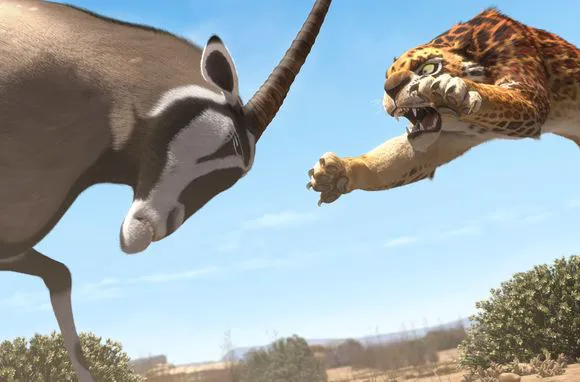
Story and Pacing
Despite the misleading title in some markets, the film has nothing to do with safaris, and humans don’t appear in it. Only off-road vehicles, whose unseen drivers try to catch the unusual zebra and study its anomalous coloring at the beginning of Khumba’s journey.
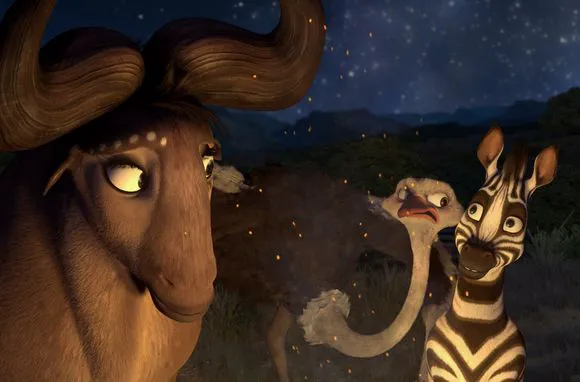
Unfortunately, this dynamic scene, a brief encounter with wild dogs, and the film’s climax, in which Phango and Khumba jump across the rocks (a zebra can’t fight off a leopard, but it can outrun it!), are the only “adrenaline-pumping” moments in the film. The rest of the film is disappointingly dull because everyone Khumba meets on his way to the spring either readily helps him or can’t seriously hinder him. Some even join him on his journey. Of course, there’s a certain charm to a film that suggests that there are far more good people (good animals) than bloodthirsty villains like Phango. However, the foundation of a compelling narrative is conflict, and “Khumba” lacks this, with Phango alone being insufficient to create tension, as the hero and villain only cross paths at the beginning and end of the film.
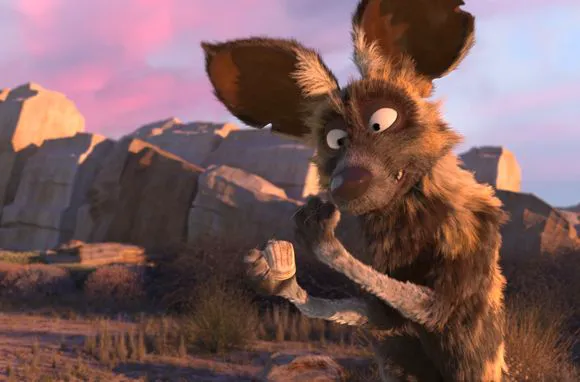
Character Development and Morality
Moreover, since Khumba is constantly helped, he doesn’t come across as the hero the film seems to want him to be. What’s heroic, for example, about hiding behind a large wildebeest? Although, of course, for a zebra to break away from the herd and venture into unknown lands is already an achievement.
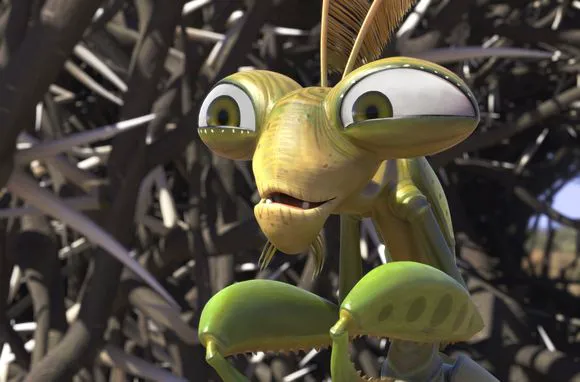
The film’s moral is also questionable. The film argues that being different is cool and that Khumba is better than other zebras. But is that what we want to teach children? A more accurate moral is that Khumba is no worse than other zebras because appearance doesn’t make a person (or a zebra) worse or better. Yes, many Western children’s films take a similar approach, trying to overcompensate for the persistent bullying of those who are different. But morality isn’t physics, and “anti-lie” doesn’t annihilate “lie,” it simply replaces it, instilling insecurity in children who can’t boast of uniqueness. So it’s time to promote the truth, especially in South Africa, where the racial issue is still quite sensitive.
Humor
Finally, “Khumba” doesn’t shine with humor. True, as we mentioned, its characters are amusing, but that’s about it. There are no jokes that make you laugh out loud, only smile. And this is a big problem for a children’s film that can’t boast of drive and excitement. Beauty is beauty, but kids don’t go to the movies for views of exotic countries.